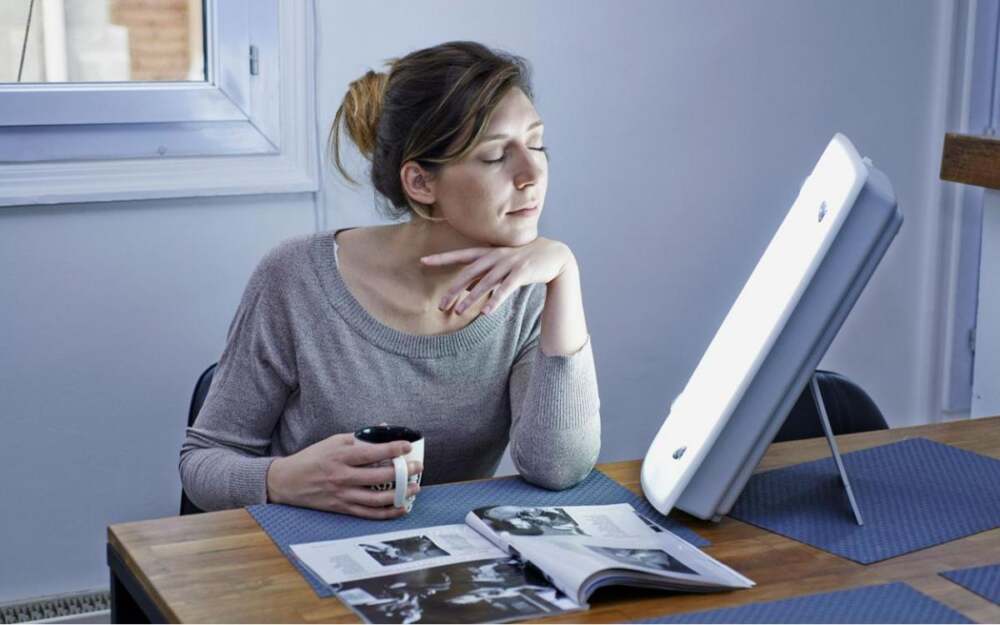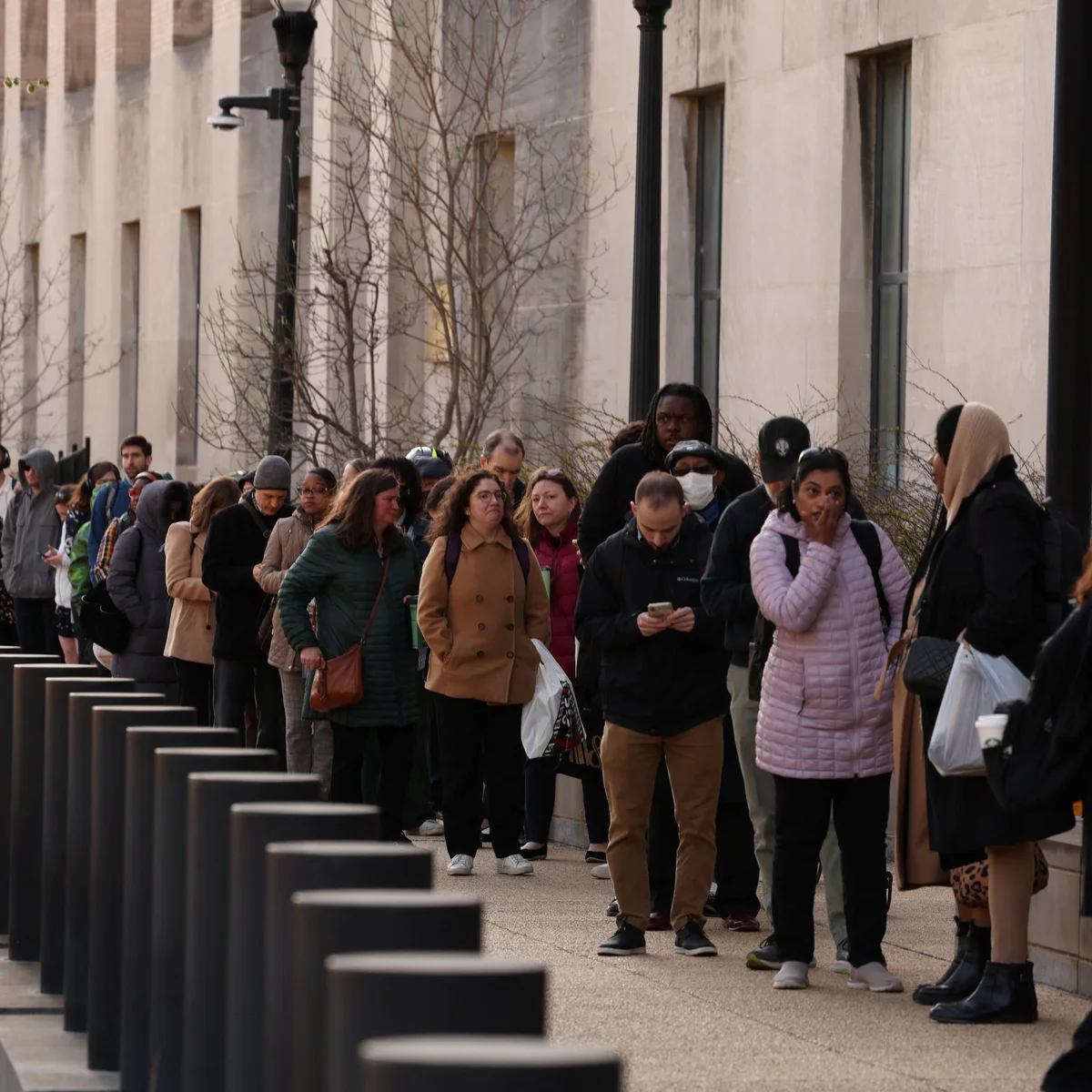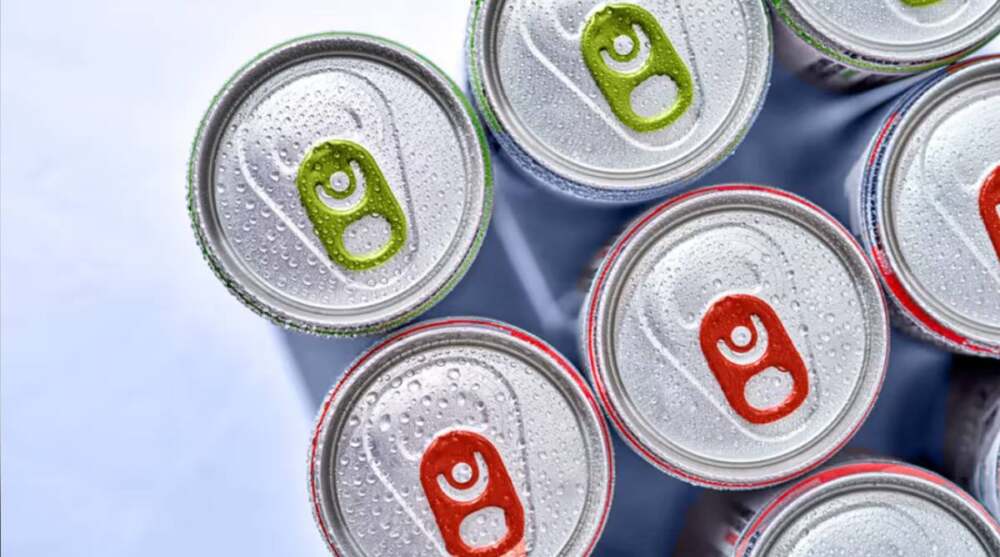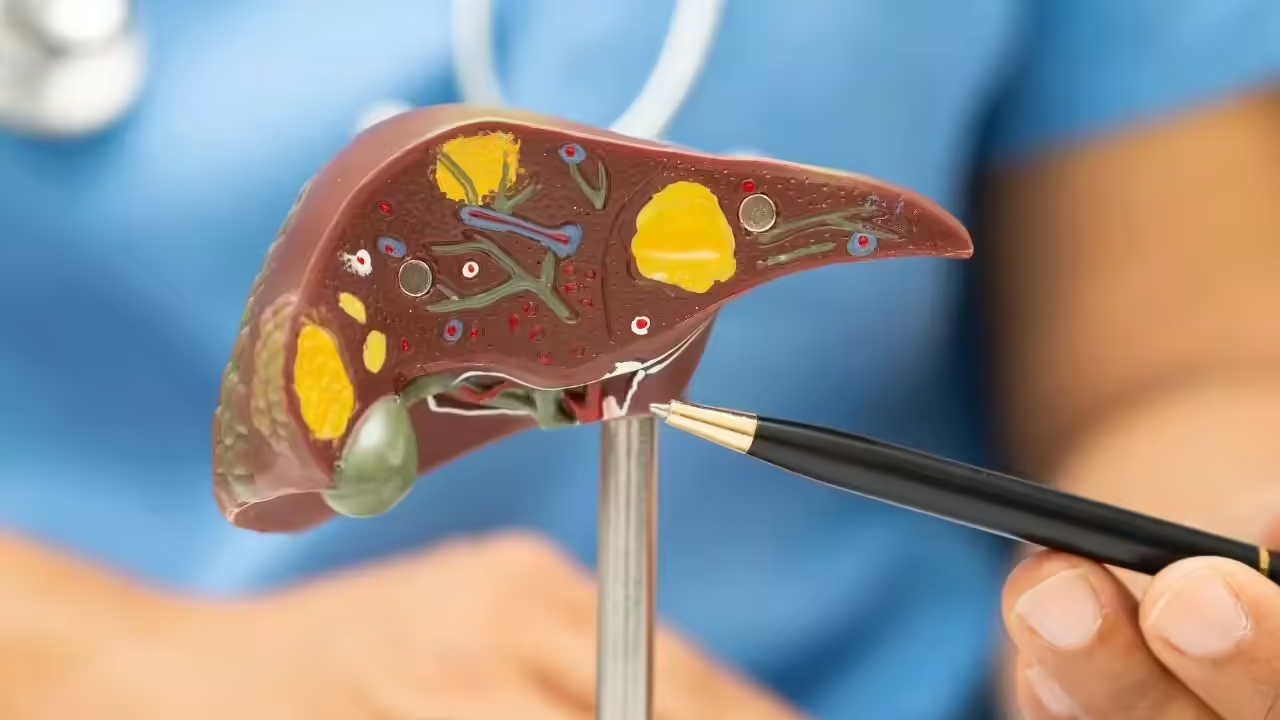As the days grow shorter and sunlight becomes scarcer, many people notice a dip in mood, energy, and motivation. For some, these changes deepen into seasonal affective disorder (SAD) — a form of depression that follows yearly patterns. Recent reporting highlights not only how prevalent SAD is, but also how light therapy is emerging as one of the most effective tools against it.
The Seasonal Shift: Why Darkness Affects Mood
Seasonal depression isn’t just “feeling sad in winter.” It is marked by predictable symptoms during particular seasons, most often fall and winter, and includes:
- Persistent low mood or sadness
- Lethargy and oversleeping
- Increased appetite or carbohydrate cravings
- Trouble concentrating
- Social withdrawal
The prevailing theory is that reduced daylight disrupts our circadian rhythms — the internal clock that regulates sleep, hormones, energy, and mood. When that clock becomes misaligned, it can trigger depressive symptoms in vulnerable individuals.
Light acts as a major signal to reset our internal clock. When light levels drop, sleep-wake cycles, hormone release (like melatonin), and brain chemistry can shift into an unhelpful rhythm, paving the way for mood changes.
Light Therapy: What It Is & How It Helps
Bright light therapy (also called phototherapy) is a noninvasive treatment that mimics natural outdoor light. The idea is to expose oneself to a specially designed light source early in the morning to offset the winter darkness. Clinical studies show that many people experience improvement within a week or two. PMC
Key points about light therapy:
- Intensity matters: Most therapeutic devices deliver around 10,000 lux (a measure of brightness).
- Timing is critical: It’s most effective when used within the first hour after waking.
- Positioning: You don’t look directly at the light. Instead, the device is placed nearby (often 12–24 inches away), angled so light reaches your eyes indirectly.
- Safety and side effects: Most people experience minimal side effects (mild eye strain, headache). But those with eye conditions or on photosensitizing medications should consult an eye specialist first. Mayo Clinic
Over time, light therapy helps recalibrate the circadian system, reduce overproduction of melatonin (which can cause sleepiness), and improve signaling in brain pathways linked to mood. Some studies also suggest it helps modulate serotonin activity, an important neurotransmitter in depression. PMC
While originally developed for SAD, light therapy has gained traction for broader mood disorders. Some research suggests effects comparable to standard antidepressant treatments in certain cases. Harvard Health+1
Choosing & Using a Light Box: What to Look For
If you or a loved one are considering light therapy, keep these guidelines in mind:
| Feature | Ideal Criteria |
|---|---|
| Brightness | Around 10,000 lux at a reasonable distance |
| UV Filter | Minimal or no UV emission for eye safety |
| Size & Design | Broad surface, adjustable angle, stable base |
| Certification / Safety | Medical-grade or therapeutic devices preferred |
While many devices exist (some as small as desktop lamps), not all are suitable for SAD treatment. The treatment depends on consistency — missing days or using too little brightness reduces effectiveness.
Practical Tips & Precautions
- Stick with it: Light therapy is most effective when used daily throughout the darker season.
- Combine strategies: Adding physical activity, maintaining regular sleep schedules, and practicing stress reduction can magnify benefits.
- Watch for extreme mood swings: Those with bipolar disorder must use light therapy under psychiatric oversight, since it may trigger mania in rare cases.
- Not a standalone fix: For some individuals, light therapy works best alongside counseling or medications, depending on the severity of symptoms.
The Takeaway
Seasonal affective disorder is a real and sometimes debilitating condition — but one that responds well, for many people, to a simple and noninvasive treatment: bright light therapy. By restoring the balance of light cues in our brain, it helps recalibrate rhythms, improve mood, and carry people through the darker months with resilience.
Encourage your readers: if they notice recurrent seasonal mood shifts, it’s worth discussing light therapy with a mental health provider. It’s not magic, but with consistency, it can be a powerful ally against the winter blues.
















Leave a Reply